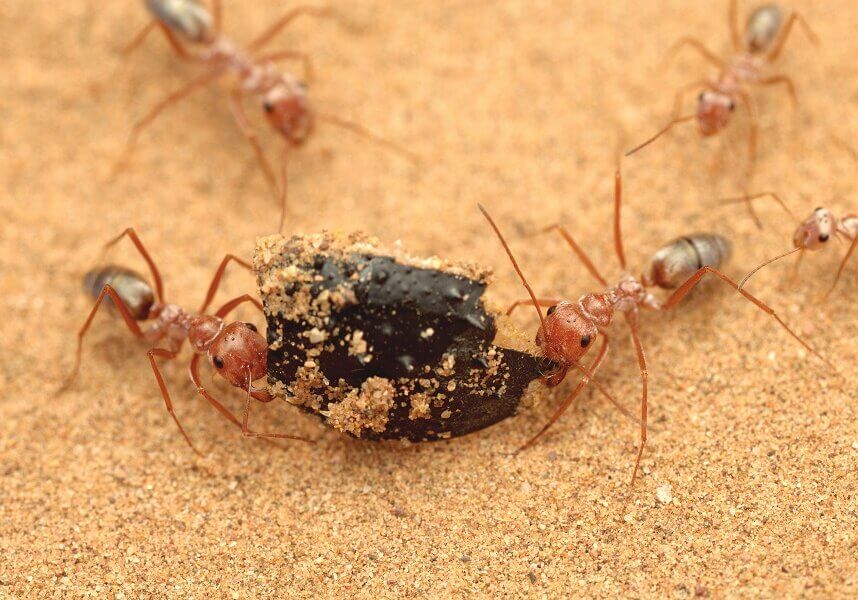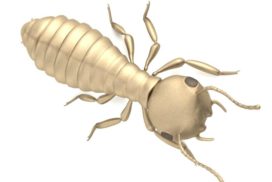HOW ARE ANTS IN THE SAHARA DESERT ABLE TO WITHSTAND TEMPERATURES OF 60°C (140°F)?
When exposed to high temperatures, animals produce substances called heat shock proteins to prevent excessive heat from damaging their body proteins. According to Europe PMC, while other animals produce the heat shock proteins after exposure to high temperatures, certain ants in the Sahara desert do the opposite. They mimic heat shock and produce the heat shock proteins before leaving their nests. They can thus feed on dead animals that are less heat tolerant. Modern research has indicated that heat shock proteins may have a role to play in ovarian cancer therapy.

Ants

Desert
Recent posts
Sign up to receive our weekly articles in your inbox!
Enter your name and email address below to subscribe.








